Locust Tree Information - Types Of Locust Trees For The Landscape
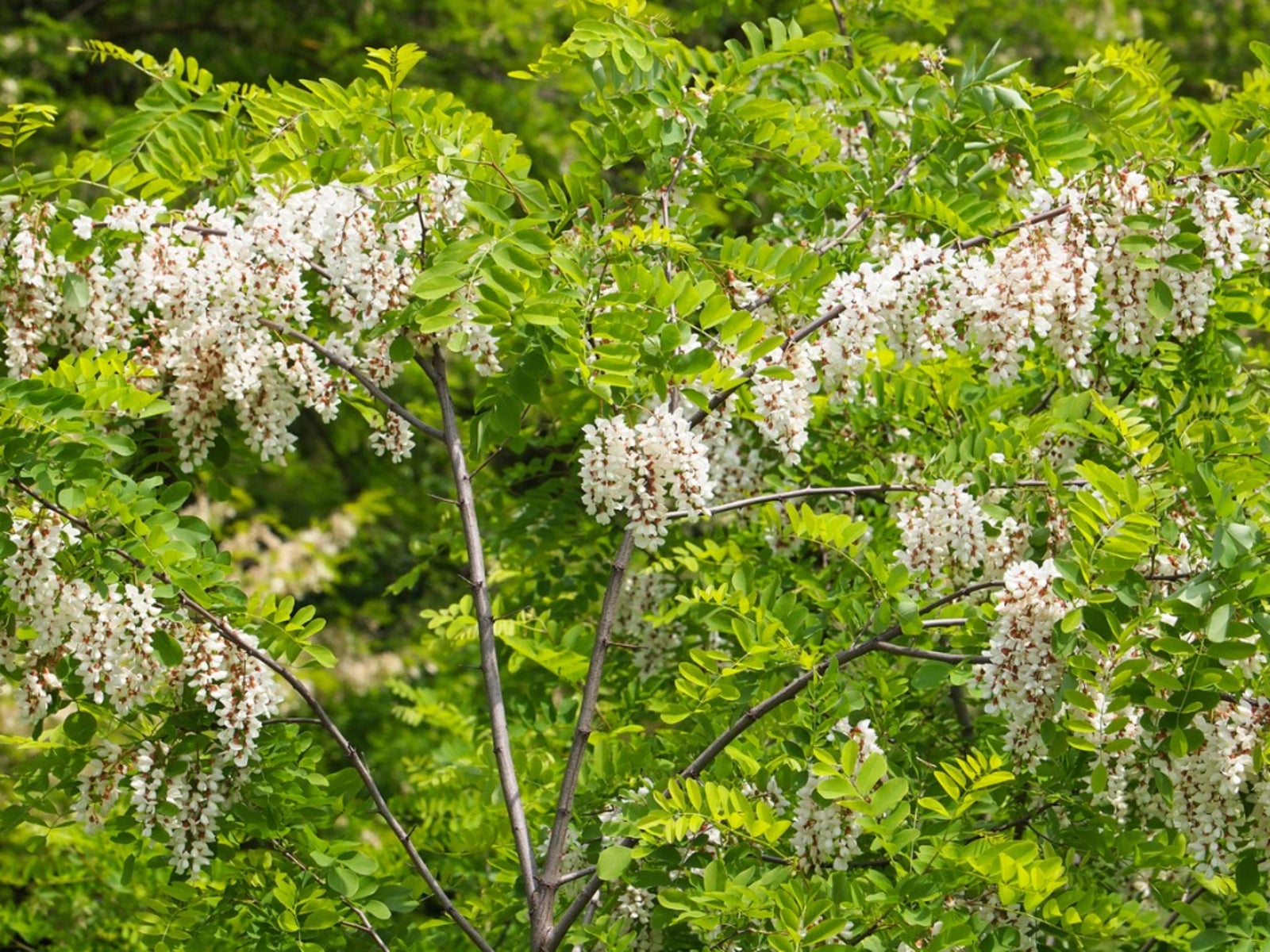

Members of the pea family, locust trees produce large clusters of pea-like flowers that bloom in spring, followed by long pods. You might think that the name “honey locust” comes from the sweet nectar that bees use to make honey, but it actually refers to the sweet fruit that is a treat for many types of wildlife. Growing locust trees is easy and they adapt well to lawn and street conditions. The two most common types of locust trees are black locust (Robinia pseudoacacia), also called false acacia, and honey locust (Gleditsia triacanthos) and both types are North American natives. Except for a few thornless honey locust varieties, locust trees have fierce thorns that grow in pairs along the trunk and lower branches. Read on to find out how to grow a locust tree.
Locust Tree Information
Locust trees prefer full sun and tolerate reflected heat from structures. They normally grow quickly, but even a little shade can slow them down. Provide a deep, fertile, moist but well-drained soil. These trees tolerate urban pollution and spray from de-icing salts on roads. They are hardy in USDA plant hardiness zones 4 through 9. Transplant a locust tree in spring in cold areas and spring or fall in mild climates. Keep the tree well-watered and protected from salt spray for the first year. Afterward, it tolerates adverse conditions. Most locust trees produce many thorny suckers over their lifetime. Remove them as soon as they appear. You might think because of their relation to legumes, these trees fix nitrogen to the soil. Well, that isn't the case for all locust trees. The honey locust is a non-nitrogen producing legume and may require regular annual fertilization with a balanced fertilizer. The other locust tree varieties, especially black locust, do fix nitrogen, thus are not in need of as much, if any, fertilization.
Locust Tree Varieties
There are a few cultivars that perform particularly well in home landscapes. These varieties produce dappled shade under their canopies—ideal conditions for a flower border.
- ‘Impcole' is a compact, thornless variety with a dense, rounded canopy.
- ‘Shademaster' is a thornless variety with a straight trunk and excellent drought tolerance. It grows more quickly than most varieties.
- ‘Skycole' is a pyramidal thornless variety. It doesn't produce fruit, so there is less fall cleanup.
Gardening tips, videos, info and more delivered right to your inbox!
Sign up for the Gardening Know How newsletter today and receive a free copy of our e-book "How to Grow Delicious Tomatoes".

Jackie Carroll has written over 500 articles for Gardening Know How on a wide range of topics.
-
 Types Of Tomatoes Explained: Explore The Many Wonderful Shapes, Colors, Flavors, & Best Uses
Types Of Tomatoes Explained: Explore The Many Wonderful Shapes, Colors, Flavors, & Best UsesThe world of tomato varieties is vast and fascinating. Learn about the key types to grow in your garden, tailored to your preferences and space.
By Amy Grant
-
 Try The Trend – Turn Any Bed Into A Keyhole Garden With This Clever In-Ground Composter
Try The Trend – Turn Any Bed Into A Keyhole Garden With This Clever In-Ground ComposterKeyhole gardening is an efficient and sustainable practice that saves space. Get started on this DIY project quickly and easily with an in-ground composter.
By Bonnie L. Grant
-
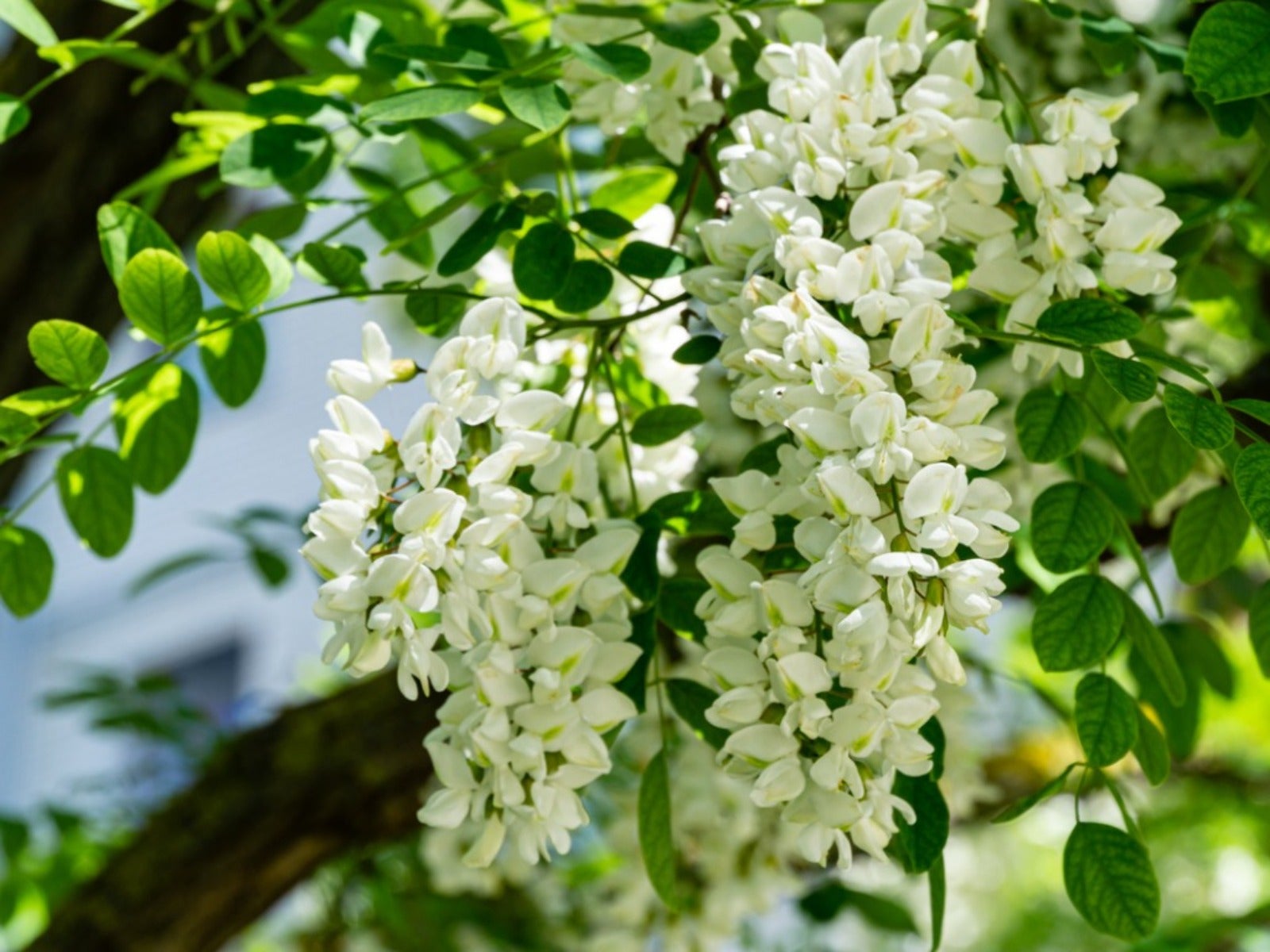 Are Black Locust Trees Invasive Even Though They’re Native?
Are Black Locust Trees Invasive Even Though They’re Native?Is the black locust tree a stunning ornamental or an extremely invasive undesirable? Read on for the curious answer.
By Teo Spengler
-
Twisty Baby Locust Care: How To Grow A Twisty Baby Locust Tree
If you’re looking for a dwarf tree with year-round interest, try black locust ‘Twisty Baby’ with a unique contorted form. Click here for more info.
By Amy Grant
-
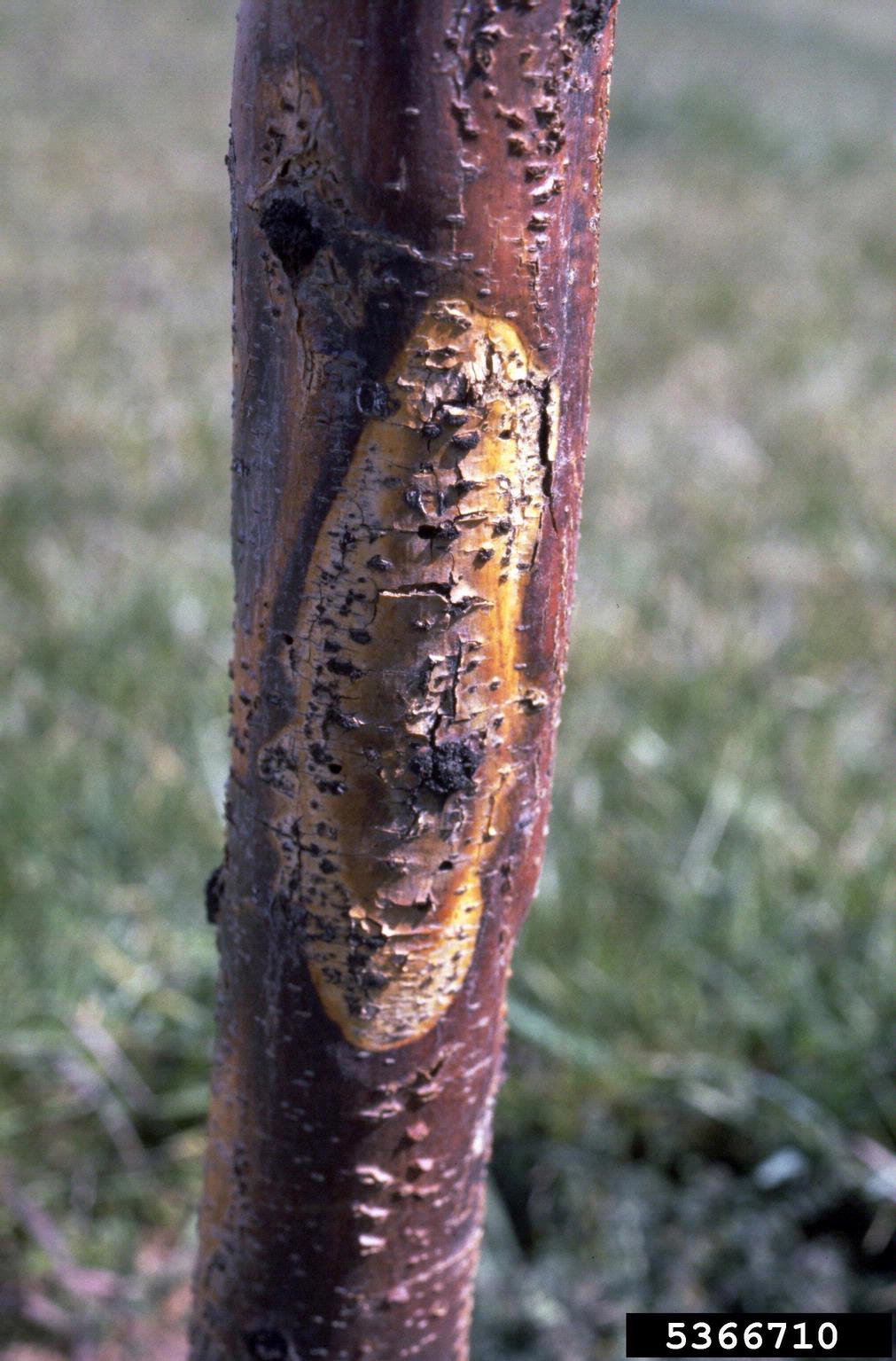 What Is Thyronectria Canker – Learn About Thyronectria Canker Treatment
What Is Thyronectria Canker – Learn About Thyronectria Canker TreatmentBecoming more familiar with potential diseases that may impact or diminish tree health is one way to accomplish this. Thyronectria canker on honey locusts, for instance, is an infection that can cause undue plant stress and decline. You can learn more about it here.
By Tonya Barnett
-
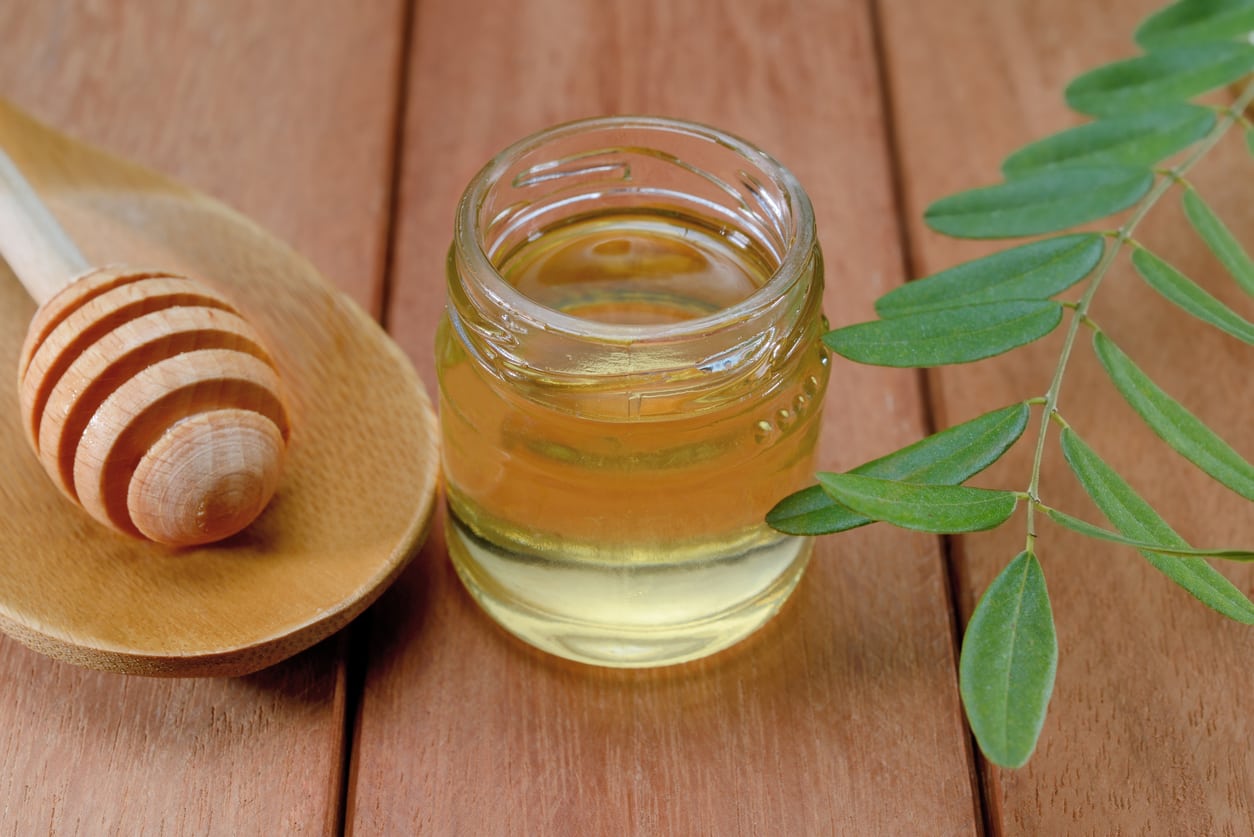 What Is Acacia Honey: Learn About Acacia Honey Uses And Benefits
What Is Acacia Honey: Learn About Acacia Honey Uses And BenefitsWhere does acacia honey come from? Maybe not where you think it does. Click this article to find out the answers to these questions, as well as acacia honey uses and more fascinating acacia honey information.
By Amy Grant
-
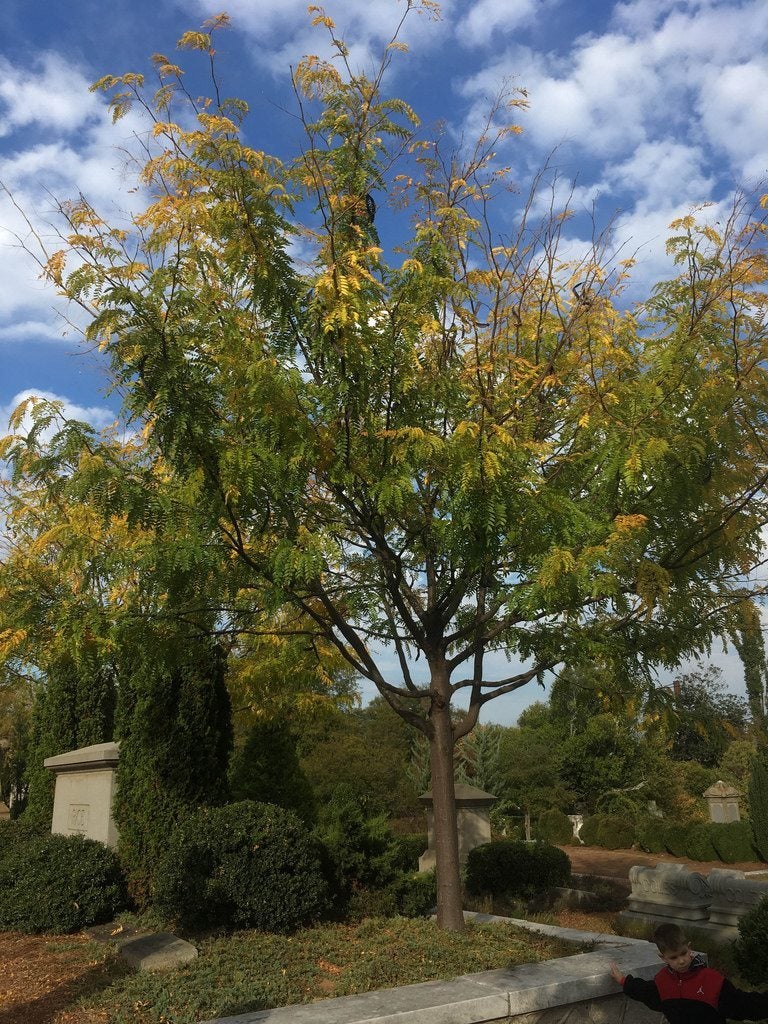 Skyline Honey Locust Care: Learn How To Grow A Skyline Locust Tree
Skyline Honey Locust Care: Learn How To Grow A Skyline Locust TreeUnlike other honey locust varieties, Skyline is thornless. These thornless honey locusts are great additions to the landscape as a shade tree. Interested in growing Skyline honey locusts? Click on this article to find out how to grow a Skyline locust tree.
By Amy Grant
-
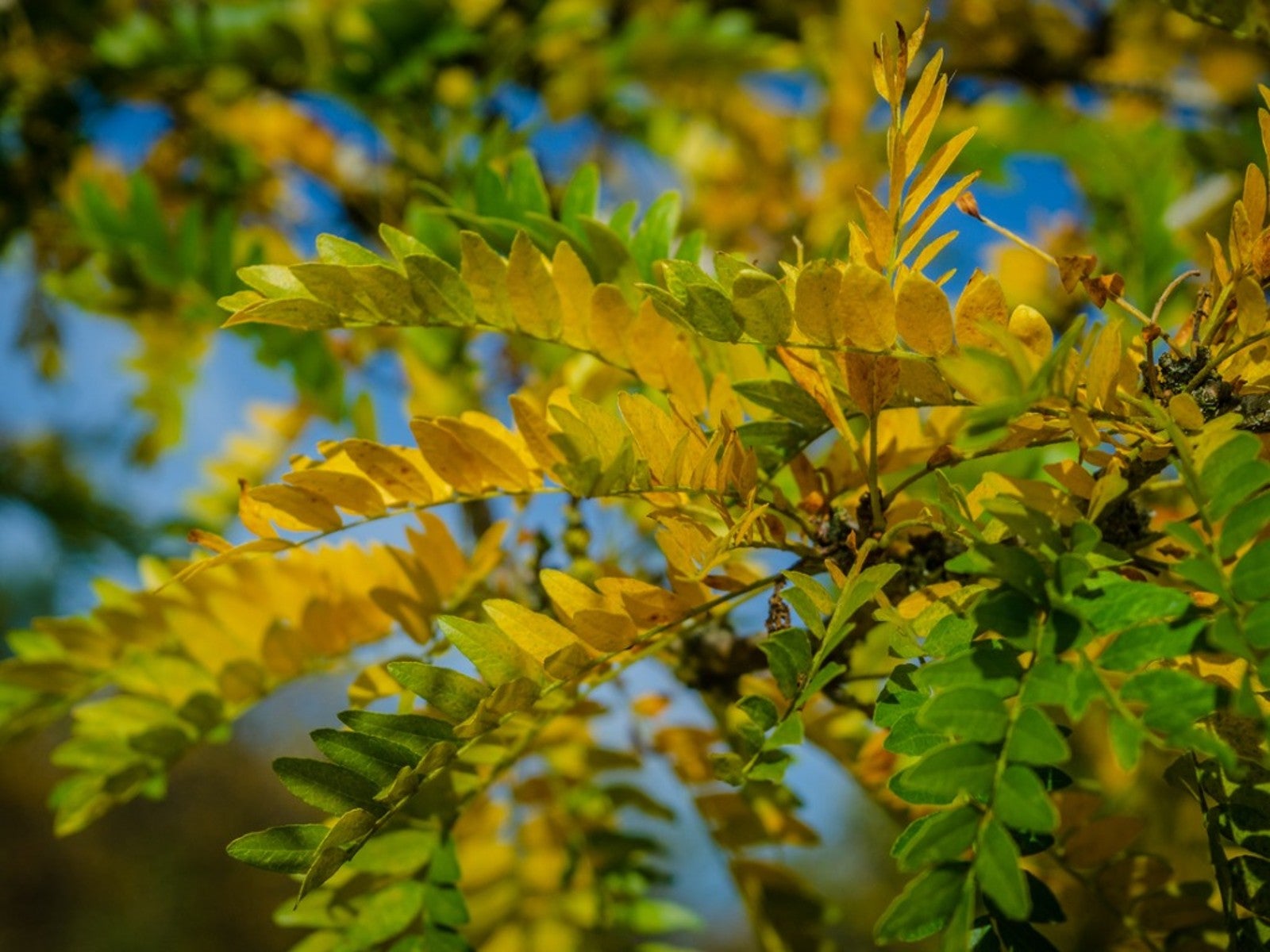 Honey Locust Information – How To Grow A Honey Locust Tree
Honey Locust Information – How To Grow A Honey Locust TreeHoney locust is a popular deciduous landscaping tree, especially in cities, used for shade and the small leaves don't need to be collected in the fall. A little bit of honey locust information is all you need to start growing this tree in your yard. This article will help with that.
By Mary Ellen Ellis
-
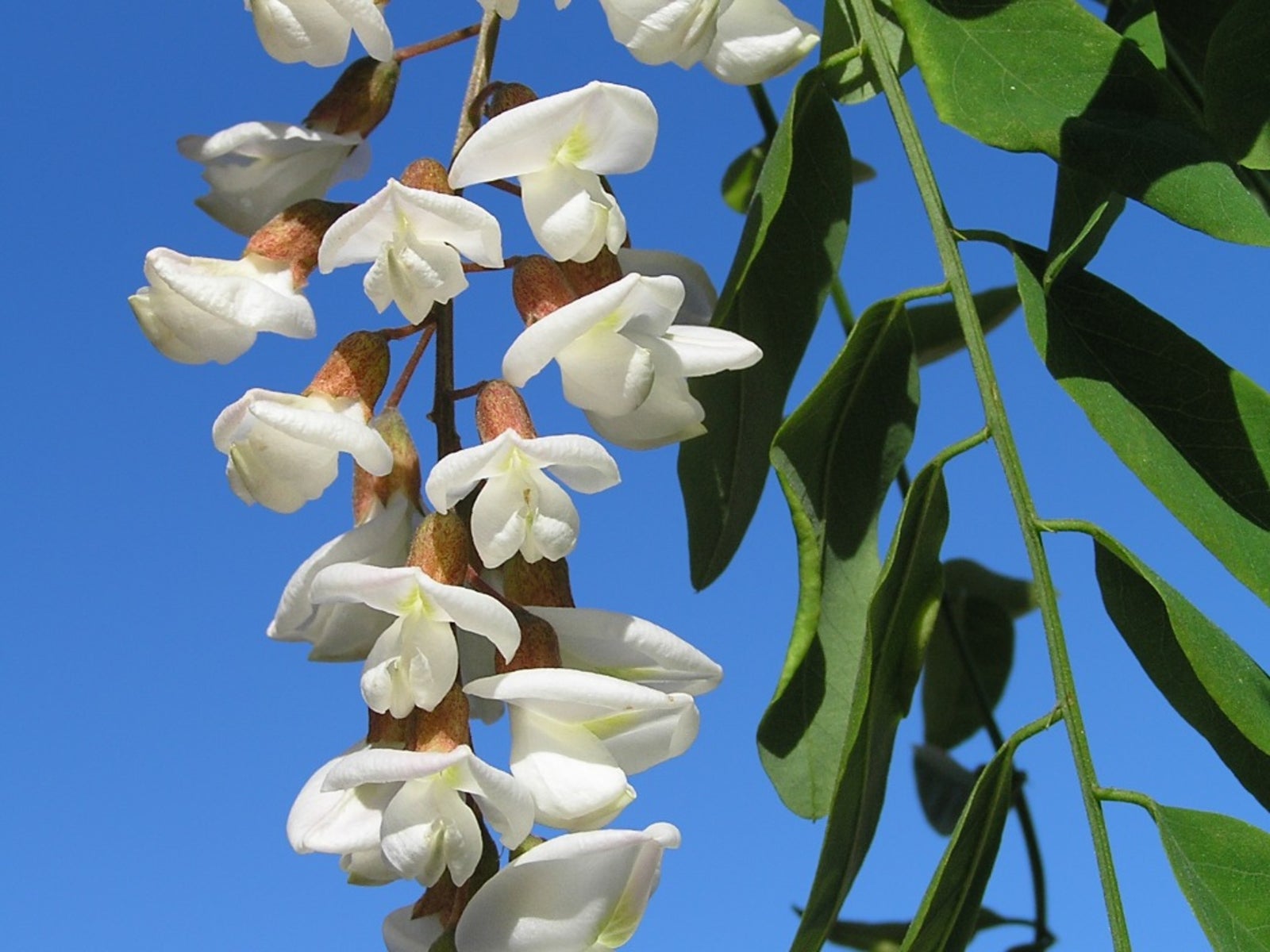 Black Locust Trees For Landscaping: Tips On Growing Black Locust Trees
Black Locust Trees For Landscaping: Tips On Growing Black Locust TreesBlack locust trees are at their best in late spring. Growing black locust trees is easy, but they can become weedy if you aren't diligent about removing suckers. Read here for more black locust information.
By Jackie Carroll